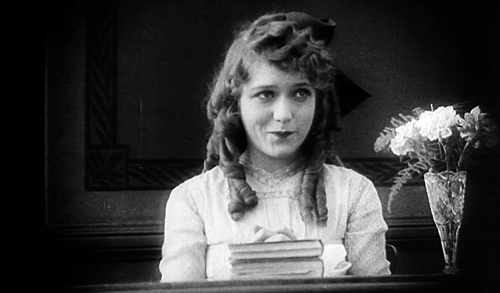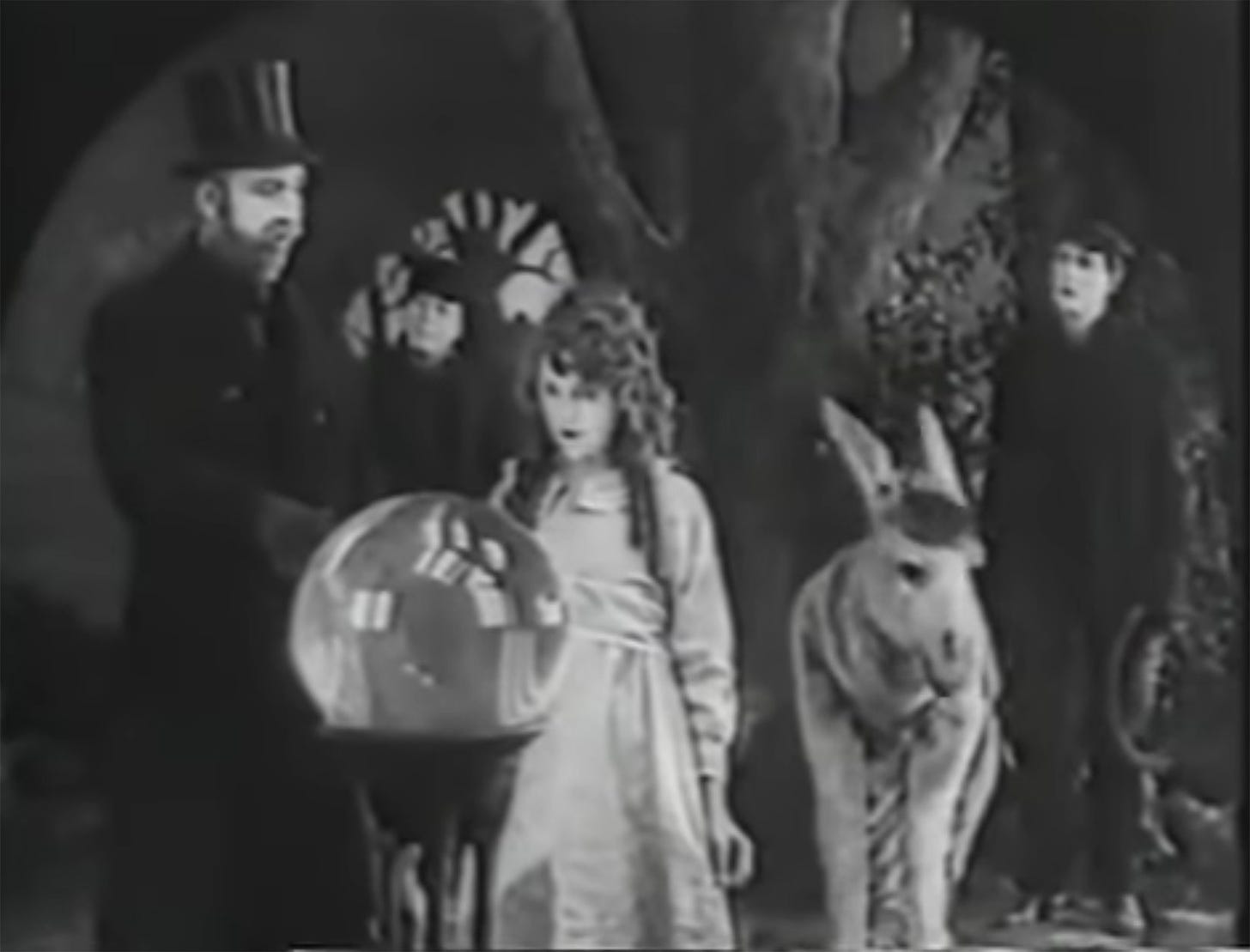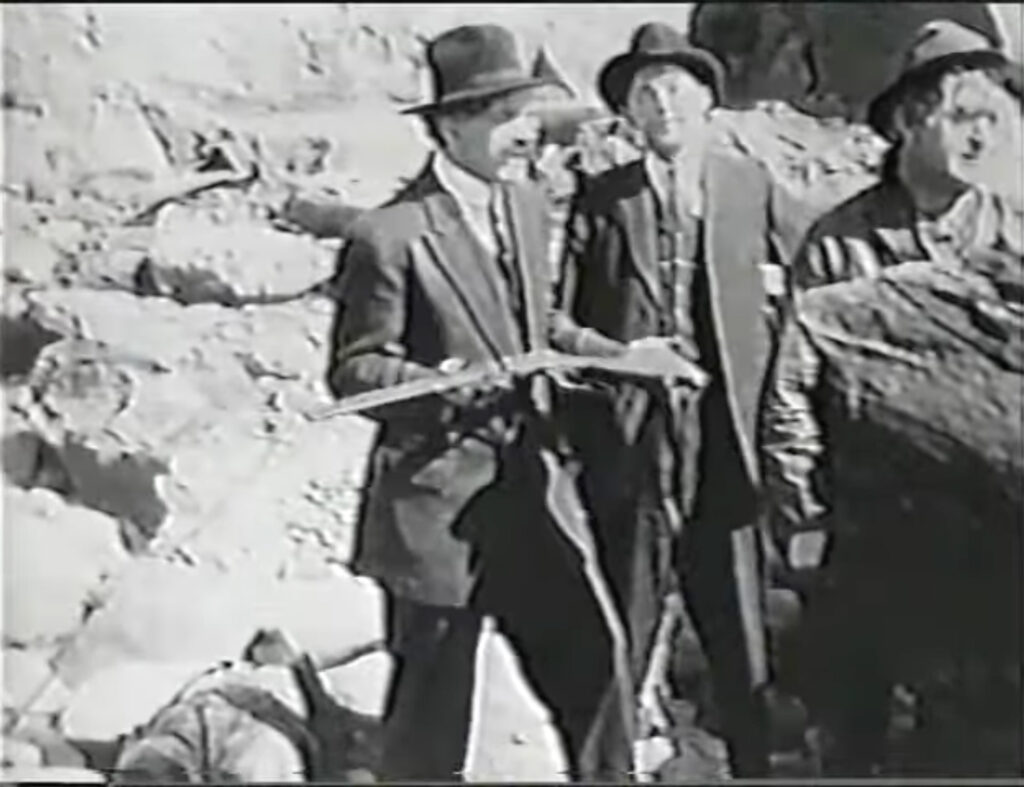GROSS is my first Substack thing. It’s film reviews, which I hope are funny and interesting and unpretentious.

It’s also my personal low-effort way to learn about the whole span of cinema history. I’m watching every top-grossing film since 1913 and writing them up in a Substack newsletter.
I’ve been doing it for a couple of months now. It’s my Saturday morning treat (like when I was nine or something). I’ve learnt a few things:
- If I’m honest I was expecting the early part of the journey to be a bit tiresome. I expected to encounter a lot of fairly primitive storytelling from back at the beginning – flat scenes, static cameras, theatrical mugging. This did not happen. Almost everything I’ve watched so far has been in some way impressive or interesting or beautiful – ambitious works, full of love for the form.
- I expected that for some of these films I wouldn’t find much to say, that they might be entertaining, even beautiful, but not particularly interesting. Also not true. Every one of them has been a jewel of history, culture, politics and technology. Every one brings with it a mind-expanding context, even the really teeth-grindingly awful ones. This horrible, callous 1920 Cecil B. DeMille picture, for instance, tells us so much about morality in the twenties, advances in movie-making tech and about the fate of the big silent stars as sound arrived.
- I’m also learning about the complex and influential stars of the period – Mary Pickford (the first America’s sweetheart), Mabel Normand (the greatest movie comic you’ve never heard of), Gloria Swanson (the star everyone just called ‘Gloria’) and about the emerging grammar of performance and stardom.
- I’m surprising myself every week with just how technologically advanced these movies were, just how bold and creative the technicians and creatives behind them were. The jaw-dropping electronic surveillance storyline in 1913’s Traffic in Souls, the vastly ambitious underwater tech developed for 1916’s 20,000 Leagues Under the Sea, the imaginative play with light and dark in 1917’s The Poor Little Rich Girl. Nothing here is small or unambitious – everything is grand and overreaching.

Anyway, sign up on Substack and you’ll receive updates about once a week and you can log in to the website to read all the earlier posts. It’s all going to be free until there’s some kind of audience breakthrough or until I develop a spine. Please tell the film fans in your life about GROSS.
- I’m relying on a couple of lists of top-grossing films for this exercise. This one and this one. Neither is very reliable (and they seem to disagree) but I think that’s okay. The stakes are low.
- Here’s a Letterboxd list, where I’m logging all the movies I watch.









